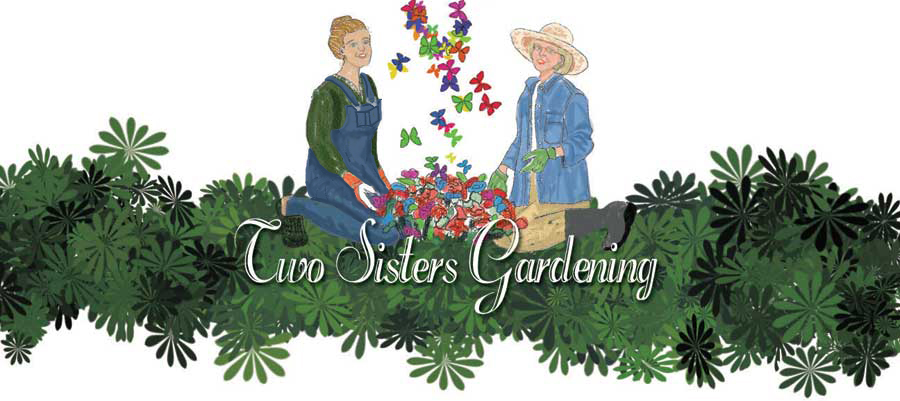A couple of weeks ago, I was elated to see this foxglove (planted last spring) blooming in a shady flower bed in my back yard. Of course I always knew foxgloves were great for my heart but I thought it was for their beauty. Little did I know, they actually have medicinal qualities used in the production of digitalis, a heart rate regulator and diuretic.
However, prior to researching information on foxgloves, I found a great supply at a local garden outlet and bought two to add to my shady bed. They will grow from two to five feet and make a perfect plant to put at the back of a shady garden spot.
Included in this spot is an old (but beautiful) terracotta pot that once was hung on my breezeway wall but broke where it anchored and now it is used as an ornament in this flower bed, as Deberah mention in one of her "Everyday Finesse" blogs
In this shady corner at the back of my house, I also have a gardenia bush, balloon flowers and hostas. Around the gardenia, I added eight Lilly of the Valley tubers that love shade too.
Next, I added new soil, as seen above. I used a garden soil that will feed for three months since no fruit would be grown. Dumped it, spread it and worked the new soil into the existing soil.
As you can see above, the spot needed the boost from the new garden soil, as underneath there is red clay even though new soil has been added for years. I always dig the holes two to three size of the new plant, depending on how pot bound the roots appear in the new plants.
The scientific name "Digitalis Purpurea" is still connected to the myth and the word digitalis means "finger-like." In 1785, William Witherling, an Englishman published "Account of the Foxglove" describing the medicinal properties used to treat heart conditions and other physical illnesses.
Foxgloves grow well in part to full shade. They like moist and humus soil (leaf loam) and depending on the climate and location will re-seed, even though the first year will not produce flowers. They are one of the honey bees' favorite flowers and attract hummingbirds, as well. And hopefully even though I don't need their medicinal properties now, they certainly help make my heart happy with their beauty.
as always....
Happy Gardening 2012!
posted by Wilma Smith




















































